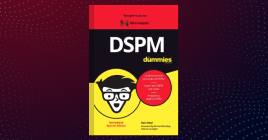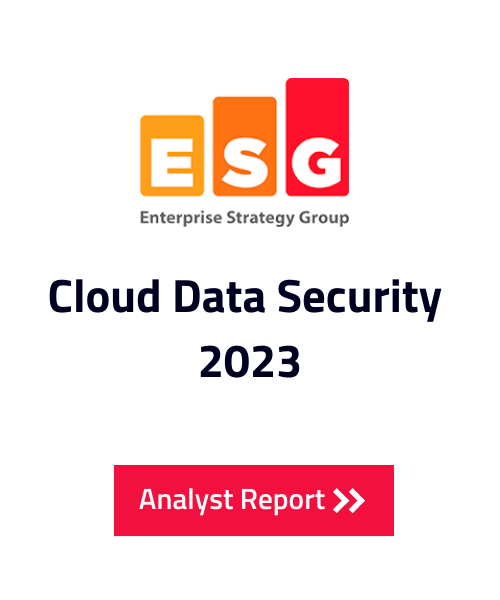CSPM vs. DSPM
What is the difference between CSPM and DSPM?
CSPM seeks to improve the security of cloud infrastructure.
DSPM uses context-aware strategies to provide visibility and security to your data across all your environments.
CSPM focuses on the security of multi-cloud infrastructure, such as identity and access management, network security, and configuration management. Security teams are also responsible for sensitive data stored within the clouds. Yet, with surging data sprawl, it’s too easy to lose sensitive data in modern environments. Often the culprit is a mistake in how cloud security controls are configured.
A few inadvertent changes in a setting can instantly expose your organization’s most valuable data to unauthorized apps and users. CSPM can discover data in IaaS file storage and provide risk and vulnerability management for IaaS block storage. However, CSPM needs additional help for 100% protection of all sensitive data in all potential cloud locations. That’s the role of DSPM.
Differences:
CSPM vs DSPM
- CSPM is all about finding misconfigurations in cloud resources.
- DSPM is all about protecting what matters and what attackers target – data.
1 |
Technical Challenges |
| CSPM tackles a well-known problem. Not only are there multiple proprietary solutions but open-source projects as well. DSPM puts data first with an understanding that data is inherently diverse and is hard to understand. |
2 |
Gaps |
| A key difference between DSPM and CSPM is context. CSPM does not include context, while DSPM is all about what’s important (data) and all the context around it. Example: if a datastore contains sensitive data and access is restricted, it’s relatively safe. If an open S3 bucket contains cached images, it’s perfectly safe. DSPM can tell the difference, while CSPM cannot. |
3 |
Operational Challenge |
| CSPM produces hundreds of thousands of alerts for a medium-sized organization. DSPM produces all these findings, connects the dots, and bubbles up only those risks that involve high impact and high likelihood of data breach within your org. This functionality significantly reduces the distracting alert noise. |
4 |
Data |
| CSPM solutions do not discover data while DSPM starts with data, expands into access, and identifies all risks. |
5 |
Coverage |
| CSPM handles IaaS but does not address on-premises (private clouds), PaaS, and SaaS. DSPM can protect data that is spread across all these clouds. Importantly, the data itself does not leave these environments. |
6 |
Access GovernanceCUSTOMER FAVORITE |
| A CSPM solution does not uncover who has access to which resource or specific permissions. On the other hand, DSPM understands various access relationships and permission levels to protect data and enforce the principle of least privilege. |
Resources
DSPM Focuses on
Cloud-Resident Data
A key component of understanding the difference between DSPM vs CSPM is seeing the unique process of how DSPM finds and secures sensitive data in clouds. The DSPM approach addresses cloud data security by integrating five broad dimensions: data discovery, data classification, access management, risk and vulnerability management, and compliance.
For example, where CSPM controls the posture of data stored in Snowflake (such as in an S3 bucket on AWS), it does not provide visibility on who can or has queried that data. Instead, DSPM works from the left by providing visibility into the Snowflake instance and from the right to maintain the security posture of the data within the cloud datastore.
Such a holistic picture of cloud data security eludes the infrastructure focus of CSPM.
The Future of CSPM
The controls for CSPM have conceptual roots in traditional on-premises IT security architecture. So, it’s a comfortable model for cloud security architects. But organizations are understanding the essential distinctions between CSPM vs DPSM and the need to shift their priority to focus on sensitive data first quickly – identifying everywhere it is in clouds, who are accessing the data, and where it’s being moved, processed, and stored.
DSPM’s integrated dimensions of security and compliance are essential for this process and will become the primary approach with CSPM’s subset of supporting elements.



